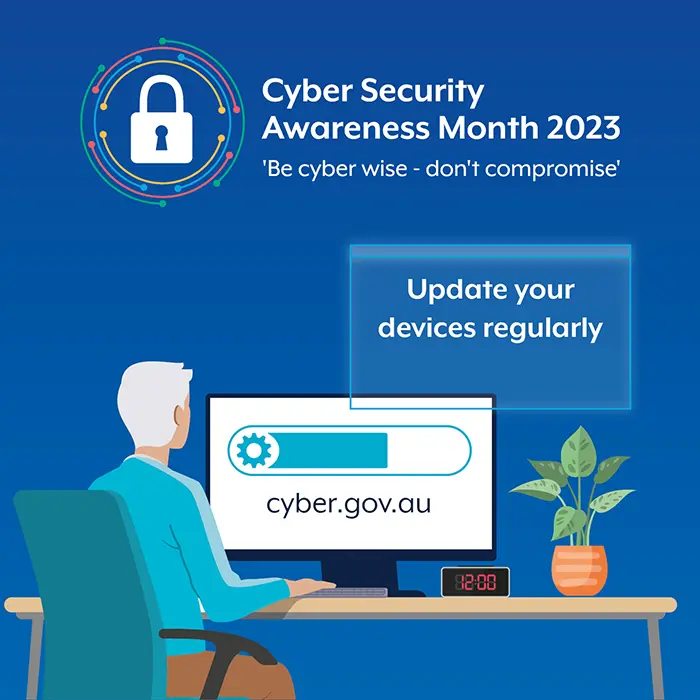In a world where everything’s digital, cybersecurity isn’t just for the tech-savvy—it’s for all of us. As we dive into Cyber Security Awareness Month, let’s zoom in on WordPress website security. It is something to consider whether you are building a new website or maintaining a new one.
This article is for everyday people, not tech heads. So, don’t worry, I’ll keep it simple.
Safeguard your WordPress kingdom with the following:
- Passphrases & Password Managers
- Multifactor Authentication
- Keeping Code Updated
1. Passphrases and Password Managers: Your Digital Bodyguards
Passwords or more complex passphrases allow you to access parts of your website that allow you to make changes. But hackers use weak and reused passwords to hack into your website (and other online accounts).
Passphrases: Your Stronghold
Forget the days of “123456” or “password” protecting your kingdom. Hackers are sneaky, so we need to up our game. These passwords and “qwerty” were among the 10 most used passwords in 2023.
Use a passphrase rather than using a simple password such as your child’s name.
A passphrase is like a supercharged password. Put a random list of words together, interspersing it with special characters such as #.
Instead of something like “P@ssw0rd,” use something like “SunnyBeach$Sandcastles#2023!”? It’s longer, easier to remember, and way harder for cyber bad guys to crack.

Password Managers: Your Trusty Sidekicks
As well as using longer passphrases instead of simple passwords, it is important that each of your passphrases is unique. But this creates a new problem. How do you remember them all?
The answer: password managers!
Password managers, such as LastPass and 1Password, are your digital sidekicks. They store your passwords securely and even fill them in for you when needed. It’s like having an army of strong, unique passwords without the headache.
2. Multifactor Authentication: Double the Locks, Double the Safety

Multifactor authentication (MFA) is like adding extra locks to your digital doors. It is also known as 2 Factor Authentication of 2FA.
When you log in, you not only enter your super passphrase but also get a special code sent to your phone or email.
It’s the “something you know” (your passphrase) and the “something you have” (your phone) combo that keeps the baddies out.
You can set multifactor authentication using plugins such as Wordfence or FluentAuth.
3. Keeping Code Updated: The Digital Housekeeping

Lastly, let’s talk about your website’s code. This part might sound techy, but it’s vital for keeping your digital home safe.
Why Updates Matter
Just like your smartphone gets updates to fix bugs and improve security, your WordPress website needs them too. These updates make sure your site stays strong against new cyber threats.
So, when you see those notifications about updating plugins, themes, or WordPress itself, don’t ignore them. Click “update” and keep your digital house in tip-top shape.
Why These Tricks Matter in Cybersecurity
Okay, so these are great for WordPress, but why do they matter in the big world of cybersecurity?
Cyber Security Awareness Month says it all: it’s all about staying safe online.
With strong passphrases, MFA, and up-to-date code, you’re basically giving them a “no entry” sign.
As we celebrate Cyber Security Awareness Month, let’s take these easy steps to protect ourselves from the online dragons.
You’re the boss of your digital realm, and with these tricks, you have your own cybersecurity army. So, what are you waiting for? Go fortify your WordPress castle and stay safe in the digital wilderness!

